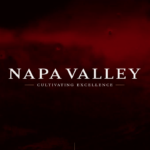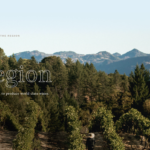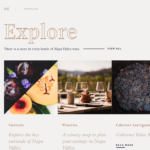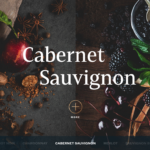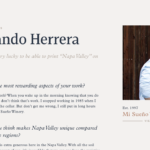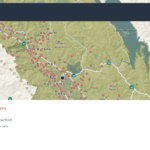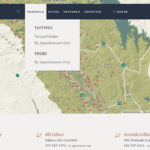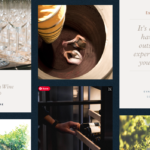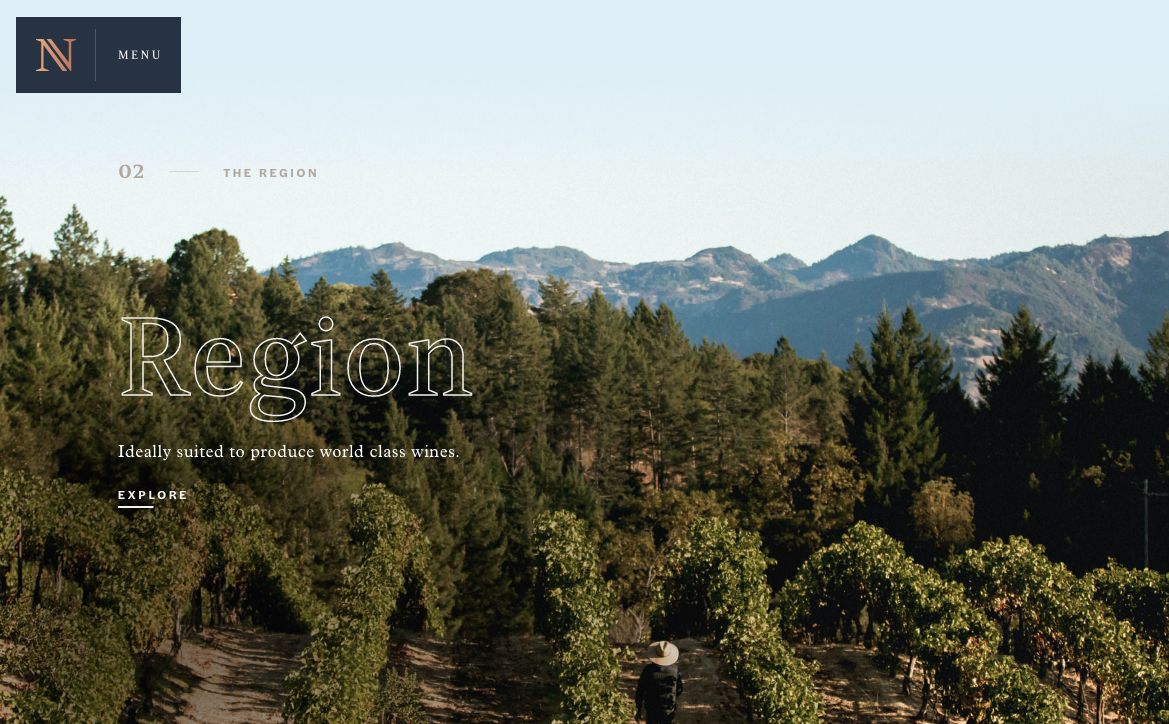
Role: Strategic partner in developing project goals, requirements, wireframing, content outlines, design and brand approval. Our contract design agency developed initial static pages which I then integrated into the Laravel backend. Further design, development, and revisions were implemented as required.
Launching a new brand to target wine enthusiasts, NapaValley.wine expanded the Napa Valley Vintners’ online presence for consumer-driven content. The project was done in collaboration with in-house staff and contract designers to successfully bridge the space between luxury and brand accessibility.
Technology: AJAX, Bootstrap, Composer, CSS, Design, fancybox.js, Google Maps API, Google Recaptcha, HTML, jQuery, Laravel, masonry.js, npm, Photoshop, PHP, SASS, ScrollMagic.js, SQL Server, swiper.js, Twilio SDK, web accessibility
